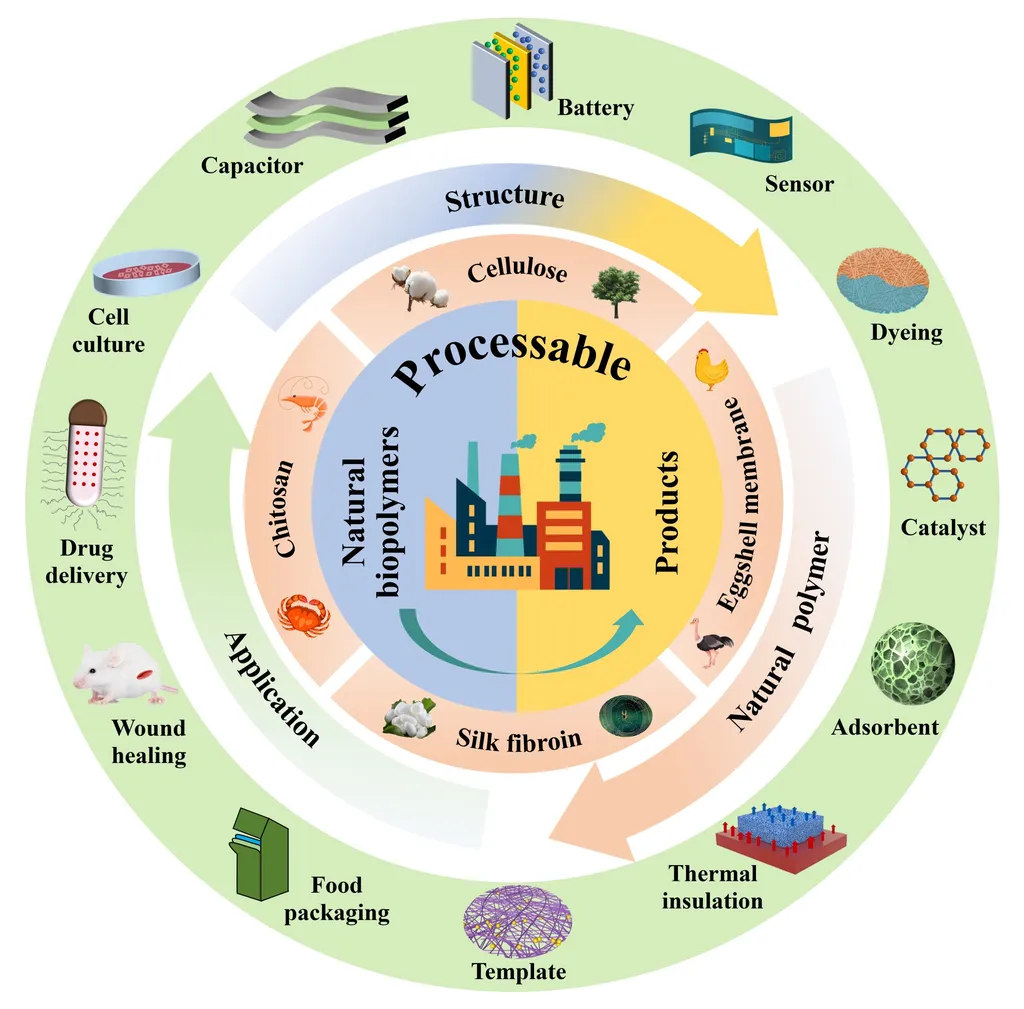In a breakthrough that could reshape the energy sector, researchers have developed a novel method to enhance the anion conductivity of cellulose, a material abundant in nature and widely used in various industries. The study, led by Junpei Miyake and published in the journal ACS Materials Au—translated to English as “ACS Materials Gold”—introduces a one-step, facile, and effective approach to modify cellulose with ammonium and phenyl alkyl groups, significantly boosting its anion conductivity.
Cellulose, a biopolymer found in plant cell walls, is renowned for its sustainability and versatility. However, its anion conductivity has been a limiting factor in its application within energy storage and conversion devices. Miyake’s research addresses this challenge head-on. “By introducing ammonium and phenyl alkyl groups into cellulose, we’ve created a material that conducts anions more efficiently,” Miyake explains. “This enhancement opens up new possibilities for using cellulose in energy-related applications, such as batteries and fuel cells.”
The implications for the energy sector are profound. Anion-conductive materials are crucial for the development of next-generation energy storage systems. By improving the anion conductivity of cellulose, Miyake and his team have paved the way for more sustainable and cost-effective energy solutions. “This research is a significant step forward in the field of materials science,” says a colleague familiar with the work. “It demonstrates how innovative modifications can transform abundant, natural materials into high-performance components for energy technologies.”
The method developed by Miyake and his team is not only effective but also remarkably simple. The one-step process involves treating cellulose with specific chemicals that introduce the desired functional groups. This simplicity makes the technique scalable and economically viable, which is essential for commercial applications.
As the world seeks to transition to renewable energy sources, the demand for advanced materials that can support this transition grows ever more urgent. Miyake’s research offers a promising solution, showcasing how sustainable materials like cellulose can be optimized for high-performance applications. “The potential impact of this research is vast,” Miyake notes. “It could lead to the development of more efficient and environmentally friendly energy storage devices, contributing to a greener future.”
Published in ACS Materials Au, this study highlights the importance of interdisciplinary research in driving technological advancements. By bridging the gap between materials science and energy technology, Miyake and his team have set a new benchmark for innovation in the field. As the energy sector continues to evolve, the insights gained from this research will undoubtedly play a pivotal role in shaping future developments.

